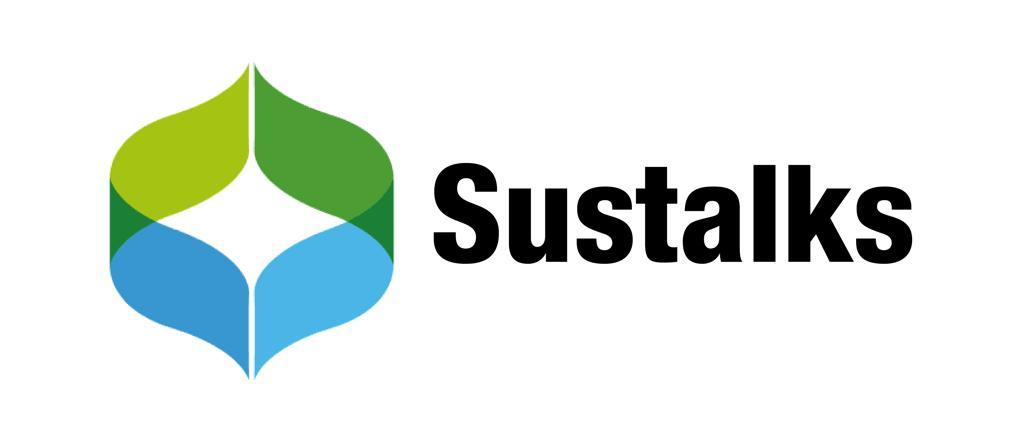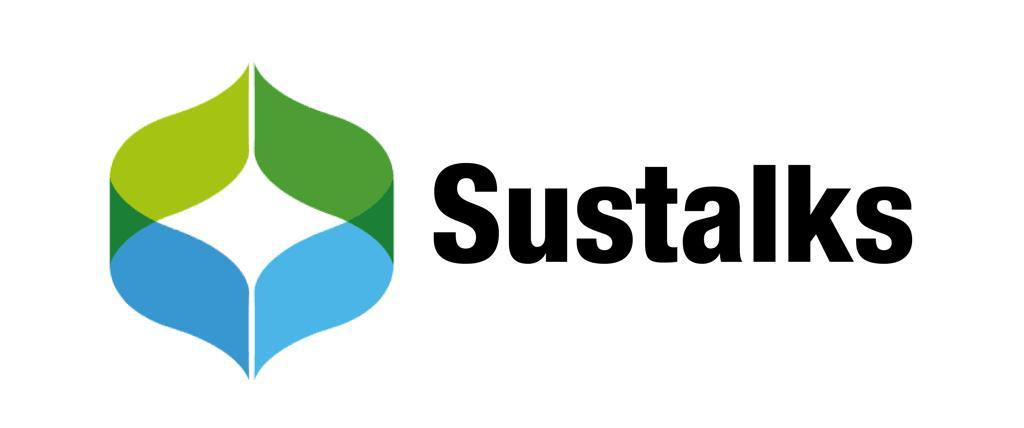In the ever-evolving world of agriculture, innovative solutions are continually being developed to enhance productivity and sustainability. One such innovation is the use of rice paper white vegetable beds. These beds offer numerous advantages that can significantly benefit farmers and the environment.
What Are Rice Paper White Vegetable Beds?
Rice paper white vegetable beds are a type of agricultural bed made from rice paper, a biodegradable material. These beds are designed to provide an optimal growing environment for vegetables, promoting healthy plant growth and efficient resource use. But what makes them stand out in the agriculture industry?
Advantages of Rice Paper White Vegetable Beds
There are several key benefits to using rice paper white vegetable beds:
- Sustainability: Rice paper is biodegradable, making these beds an eco-friendly option. They decompose naturally, reducing waste and environmental impact.
- Soil Health: These beds help maintain soil structure and fertility. They allow for better water retention and aeration, which are crucial for healthy plant roots.
- Pest Control: The rice paper acts as a barrier against pests, reducing the need for chemical pesticides. This not only protects the crops but also the surrounding ecosystem.
- Cost-Effective: Since rice paper is relatively inexpensive, these beds are a cost-effective solution for farmers looking to improve their crop yields without significant investment.
How to Implement Rice Paper White Vegetable Beds
Implementing rice paper white vegetable beds in your farming practices is straightforward. Here are some steps to get started:
- Prepare the soil by tilling and adding organic matter to enhance fertility.
- Lay the rice paper sheets over the prepared soil, ensuring they cover the entire bed area.
- Plant your vegetable seeds or seedlings through the rice paper, making small holes as needed.
- Water the beds regularly to maintain moisture levels, ensuring the rice paper remains intact until it decomposes.
"Rice paper white vegetable beds have revolutionized our farming practices. They are easy to use, environmentally friendly, and have significantly improved our crop yields." - John Doe, Sustainable Farmer
Real-World Applications and Success Stories
Many farmers worldwide have successfully integrated rice paper white vegetable beds into their agricultural practices. For instance, a study conducted by the Agricultural Research Institute found that farms using these beds saw a 20% increase in crop yields and a 30% reduction in water usage.
Additionally, a video demonstration by Agriculture Innovations showcases the practical application and benefits of these beds in a real-world setting.

Conclusion
In conclusion, rice paper white vegetable beds offer a sustainable, cost-effective, and efficient solution for modern agriculture. By enhancing soil health, reducing pest issues, and promoting eco-friendly practices, these beds are a valuable addition to any farming operation. If you are looking to improve your agricultural practices, consider incorporating rice paper white vegetable beds into your strategy.
For more information and to see these beds in action, check out this video demonstration.


